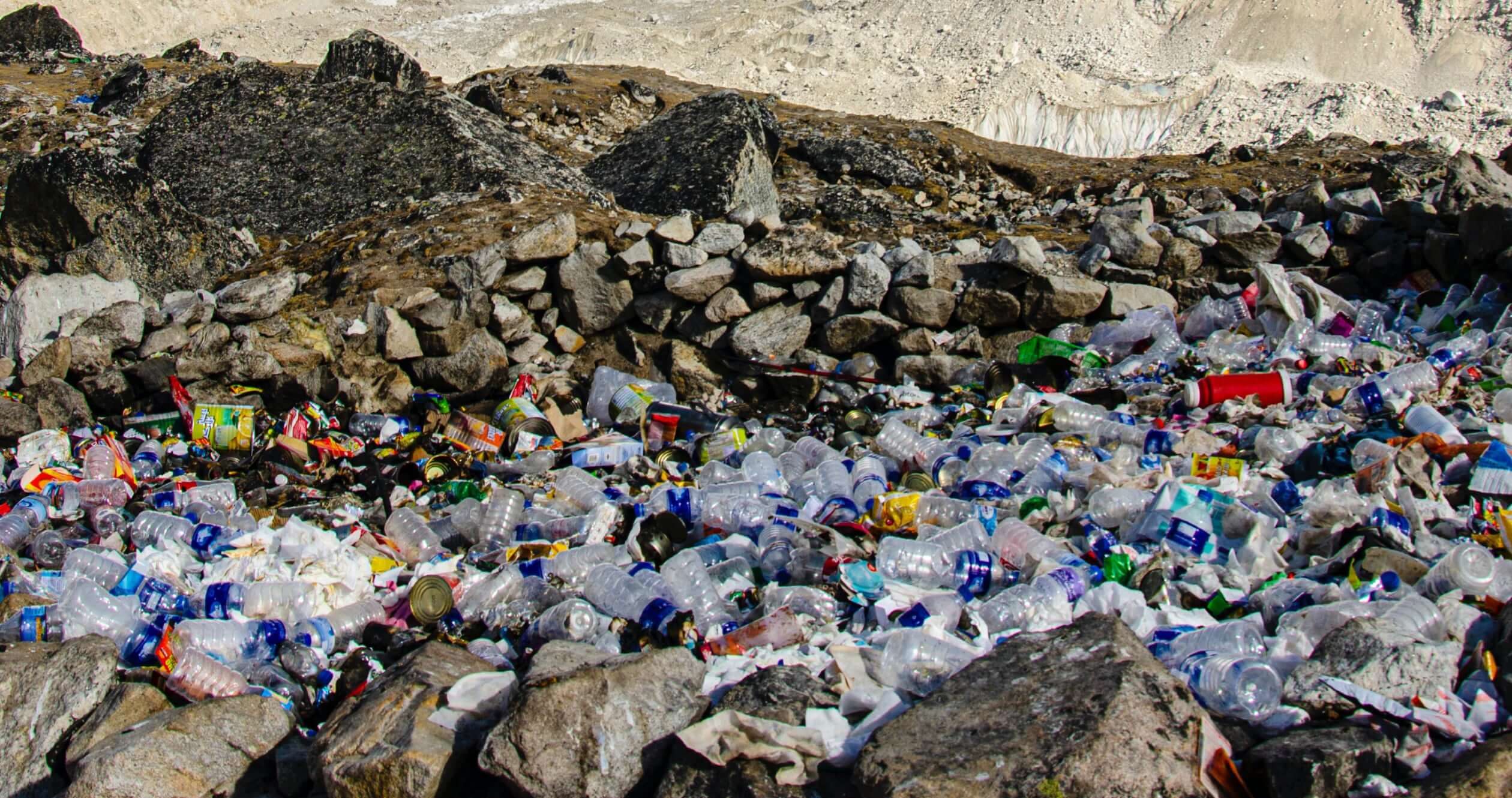SWM practices are different from country to country in the Arctic. There are also differences of how wastes are managed in the large cities compared to the smaller often Indigenous communities.
But the commonalities seen across the Arctic are the unique challenges of isolation, extreme weather, and transportation costs.
The vast expanse of the Arctic is primarily populated by small rural communities, not connected to a primary, or in many cases any, road system. These small, remote, and predominantly Indigenous populations face the greatest waste management challenges. Poor economies-of-scale and high transportation costs, together with related issues of expensive infrastructure, difficult operation and maintenance, and complex socioeconomic issues mean conventional solutions are often not successful.
Waste infrastructure is less-developed and fewer financial and human resources are available. Unlined, unsegregated, sprawling landfills with open burning are common in rural Alaska and Canada communities without road access. Remote communities in Greenland and Russia face similar issues. Additionally, due to cost and convenience, some rural households in Lapland resort to home barrel-burning and illegal dumping.

With all of these practices, leachate migration, surface runoff, and windblown and eroding waste contaminates and litters nearby water and land, and residents can be exposed to disease vectors when discarding wastes or can inhale toxic smoke coming from disposal sites that are often proximate to homes and schools.
The purpose of this website is to improve and bolster local capacity in small, remote, Arctic communities for solid waste and related marine litter & debris management. We share existing documents and resources, best practices, case studies, lessons learned, and success stories across the Arctic to serve as an online exchange network for Arctic community solid waste management planning and implementation.
Best practices were defined as purposefully performed operations which mitigate or prevent human, flora, and fauna exposure to harmful contaminants and disease vectors. The best practice operations that consistently surfaced in research interviews are listed below. A goal of the study was that any Northern Arctic community would be able to identify and replicate one or more best practice.
Policy and Procedures to minimize smoke inhalation and direct and indirect particulate matter and other aerosol ingestion or absorption.
Infrastructure to reduce resident contact with waste and to facilitate fee payment if needed.
Minimizes cross-transmission of disease and resident contact with waste. Minimizes landfill maintenance duties which reduces cost, allowing better use of resources.
Operations to minimize disease transmission, surface runoff, leachate migration, marine debris & litter, and extend life of high capital items such as landfill and heavy equipment.
Safe disposal, storage or backhaul of wastes that due to volume or toxicity can be anticipated to cause significant harm.
Taking advantage of any available regional facilities and programs that handle special wastes when they result in program savings, or needed landfill capacity.
Molding program operations to fit community needs, spending resources on specific problematic practices or infrastructure needs that most impact

As they become available, case studies of best solid waste management practices in small, remote Arctic communities will be posted here.
The vast expanse of the Arctic is primarily populated by small rural communities, not connected to a primary, or in many cases any, road system. These small, remote, and predominantly Indigenous populations face the greatest waste management challenges. Poor economies-of-scale and high transportation costs, together with related issues of expensive infrastructure, difficult operation and maintenance, and complex socioeconomic issues mean conventional solutions are often not successful.
Waste infrastructure is less-developed and fewer financial and human resources are available. Unlined, unsegregated, sprawling landfills with open burning are common in rural Alaska and Canada communities without road access. Remote communities in Greenland and Russia face similar issues. Additionally, due to cost and convenience, some rural households in Lapland resort to home barrel-burning and illegal dumping.
Best practice exhibited is impactful to significant health, environment, or economic concerns.
Absence of unique factors playing a substantial role in best practice feasibility such as tourism base, nearby regional waste facility, specialized equipment.
Population size < 1,500 pp, remoteness of community, Arctic.



If you have relevant documents or resources to share on this site, please contact info@aleut-international.org
This entities list is a work in progress. If you have relevant entities to share on this site, please contact info@aleut-international.org